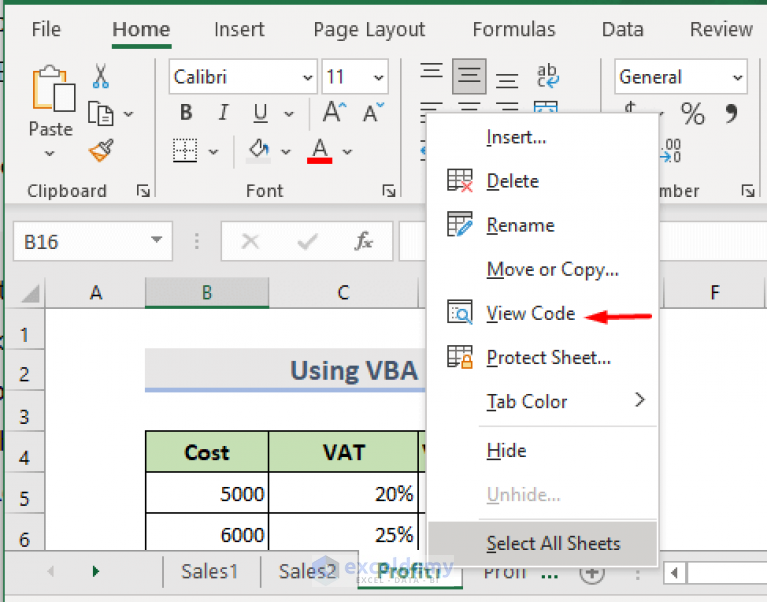5 Steps to Multiply Excel Matrices in MATLAB

In the realm of numerical computations, matrix multiplication is a fundamental operation that finds extensive use in various fields like engineering, finance, and data analysis. While Excel provides basic tools for matrix operations, MATLAB offers robust and flexible capabilities to perform these tasks with greater efficiency and accuracy. This blog post will guide you through five essential steps to multiply matrices using MATLAB, optimizing both accuracy and performance. Here’s how you can perform matrix multiplication in MATLAB, seamlessly integrating with tools like Excel for enhanced data analysis.
Step 1: Importing Data into MATLAB

First, you need to get your matrices into MATLAB. Here’s how:
- From Excel: Use the importdata or readtable functions to import matrix data from an Excel file. For example, if your matrices are in a file named ‘matrices.xlsx’, you can use:
A = xlsread(‘matrices.xlsx’, ‘Sheet1’, ‘A1:D4’);
B = xlsread(‘matrices.xlsx’, ‘Sheet1’, ‘F1:I4’);
📝 Note: Ensure that your matrices are in a contiguous block within Excel.
A = [1, 2; 3, 4];
B = [5, 6; 7, 8];
Step 2: Understanding Matrix Compatibility

Before multiplying matrices, it’s crucial to ensure that the dimensions are compatible:
- Matrix A must have the same number of columns as matrix B has rows.
- The resultant matrix’s dimensions will be the number of rows in A by the number of columns in B.
Step 3: Performing the Multiplication

With compatible matrices ready, perform the multiplication:
C = A * B;
In MATLAB, matrix multiplication is performed with the asterisk * operator. Here:
- A is multiplied with B to form C.
Step 4: Verification and Analysis

After multiplication, verify the results:
- Use size© to check the dimensions of the resultant matrix.
- Compare results with hand calculations or Excel’s built-in functions for validation.
Step 5: Exporting Results

Once your computation is complete, you might want to export the results back to Excel:
- Export to Excel: Use writetable or xlswrite to write the resultant matrix back to an Excel file:
writetable(array2table©, ‘result.xlsx’, ‘Sheet’, ‘ResultMatrix’, ‘Range’, ‘A1’);
After navigating through these steps, you’ve now utilized MATLAB’s prowess in matrix operations to enhance your Excel-based analyses. Not only does this method provide accuracy and speed, but it also integrates seamlessly with Excel for users familiar with spreadsheet environments. Remember:
- Always verify the dimensions before multiplying matrices to avoid errors.
- MATLAB provides functions like size() and ndims() to check matrix properties, enhancing both accuracy and efficiency in computations.
- The synergy between MATLAB and Excel can streamline complex data operations, making your workflow more efficient and reliable.
Why can’t I multiply matrices with incompatible dimensions?

+
Matrix multiplication requires that the number of columns in the first matrix matches the number of rows in the second matrix to define the operation mathematically. If this condition isn’t met, MATLAB and other matrix calculation tools will return an error.
Can I multiply non-square matrices in MATLAB?

+
Yes, you can multiply non-square matrices as long as the number of columns in the first matrix equals the number of rows in the second matrix. The result will have the dimensions of rows from the first matrix by columns from the second matrix.
How do I handle large matrices in MATLAB?

+
Large matrices can consume a lot of memory. To handle this, consider using sparse matrices if many elements are zero, preallocate memory, or work with data in chunks, performing operations iteratively rather than in one go.
By following these steps, you can leverage MATLAB’s capabilities for matrix multiplication, enhancing your data analysis workflows when integrated with tools like Excel. Whether you’re a student, researcher, or professional, understanding and utilizing these methods can significantly improve your computational efficiency and accuracy in handling complex matrix operations.



